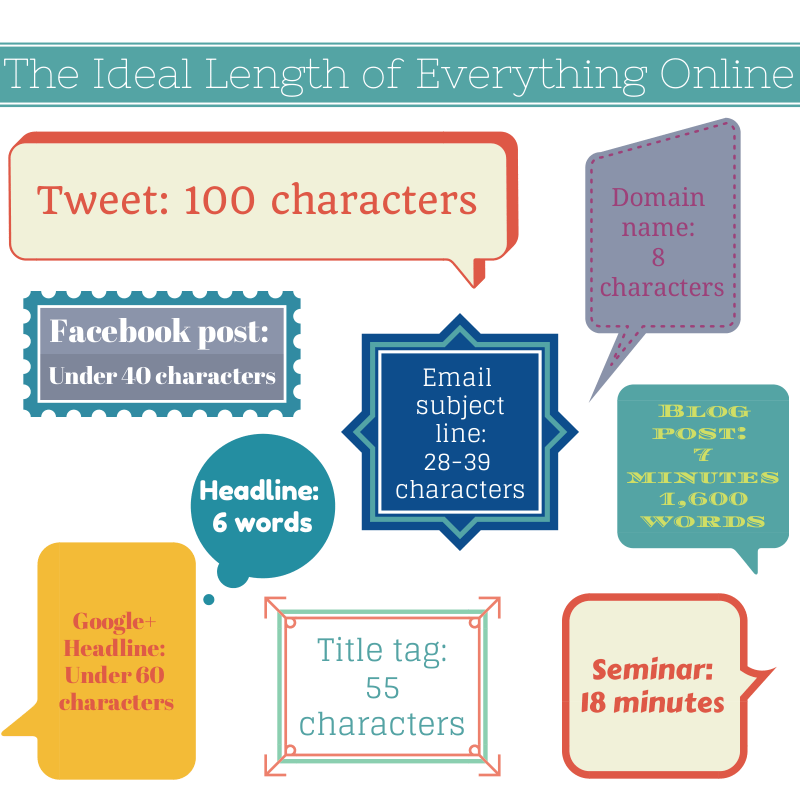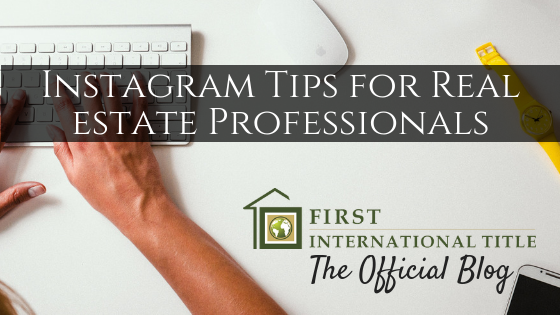6 Tips to Writing Blogs that Stick!
How often do you hear, “People never read anymore!” or “Blogging is a waste of time!”? Well, we’re here to tell you that these statements are simply not true. Yes, many people don’t read blogs. Many people don’t read books either, yet new books are written and sold every single day.
The truth is that 77 percent of internet users still read blogs regularly, according to Hubspot. That’s a LOT of people, all who are searching for something specific on the internet. Do you have content that you can put in front of them and further your brand digitally? Chances are you do, even if you don’t know it yet. Here are our six steps for writing a blog that internet users will actually read.
Step 1: Write on
something you already know about
The good news is you don’t have to reinvent the wheel. You don’t have to
learn a whole new topic just so that you can start blogging on it. Start your
blogs with what you already know: real estate! As REALTORS®, mortgage professionals, investors,
etc. most people on the outside would say that you are an ‘expert’ in this
area. As a real estate professional, what are you good at specifically? Staging
a home? Negotiating? Hosting killer open houses? Hitting customer service out
of the park? Write about your specialties; what separates you from the others.
However, it doesn’t have to end there. There may be other aspects of your life that you can write about including passions and hobbies: gardening, interior design, sports, baking, charity, cars, fashion, community involvement, and much more can all be topics you choose to write on. Combine your love for real estate and whatever else you’re good at (and yes, everyone is good at something), and turn it into short, easy-to-read blogs for others to enjoy.

Step 2: Keep it short!
The ideal reading time for a blog post is seven minutes, as Buffer says, or about 1,600 words. That’s not very long. But it is long enough to get your point across. If you want readers (AKA potential clients) to stay on your website, don’t be long-winded. Having someone else to proof-read your work is also a good idea. Another set of eyes will pick up on run-on sentences, redundancy, and typos.
Step 3: Use small
paragraphs, sub-headers
Also, break your blog post up with sub-headers and small paragraphs. This
will make the blog easier to read or skim, and make the article seem shorter.
If you were to combine all of your paragraphs into one large paragraph, it
would make the blog seem unending, possibly boring (even if it’s very
well-written), and you’ll get significantly lower views.
Keep each paragraph to just a few sentences, between 2-5, and get right to the point. No beating around the bush. Again, this helps with the brevity of your post. If you’re having a difficult time thinking of the exact word you want, an online Thesaurus can be immensely helpful!
Step 4: Speak in
Layman’s terms
Even though your life revolves around real estate, this is not the case for
many of your readers. And you always
want to keep your readers in mind. Users will switch to another blog if they’re
reading a post or article with too many big words and is too confusing for the
average person to grasp. You only have a little bit of time to grasp someone’s
attention.
After all, “The average person spends 37 seconds reading a blog post,” says Newscred. This includes people who can’t find what they’re looking for in a blog and click off to find something else. “Rather than reading every single word, most visitors will simply skim through the article, gain a couple of takeaways, then leave.”
Step 5: Add pictures
in the mix
Sometimes a photo can be a nice visual break away from the text. Especially
if you’re blogging step-by-step or DIY articles. But even if you’re not, throw
in one or two pictures and put them off to the side to keep your reader engaged.
However, be careful with just taking photos from the internet. Many of them are copyrighted and if you get caught using a picture without the photographer’s permission, you may get fined. There are websites to download photos for free such as Pexels and Pixabay, where you can search for the exact photo you want.
Step 6: Come up with
a catchy title
Save the blog title for last. Have you ever clicked on an internet article
because the title intrigued you, only to find that the post was nothing like
the title made you to believe? This is called “Click bate.” You want your title
to be a true representation of the information in your blog. The best way to do
this is to finish what you’re going to say, and then create a title. We’re not
here to trick people! We’re here to provide valuable information and hopefully
turn these readers into loyal clients.
In addition to being transparent, you also want the title to be creative, catchy, and click-worthy. Focus on keeping it short and sweet. According to Buffer, The ideal length of a headline is six words. Readers tend to absorb just the first three words and the last three words of a headline.
Whatever you choose to write about, make it your own! Be yourself, be genuine, and have fun with it. There are lots of ways you can make it worthwhile – interview people in your community or highlight a local restaurant. And finally, don’t get too caught up in the details. This is but one way of the many avenues for marketing your business.
First International Title is here to support you! Reach out to your local rep today and see how we can help.




